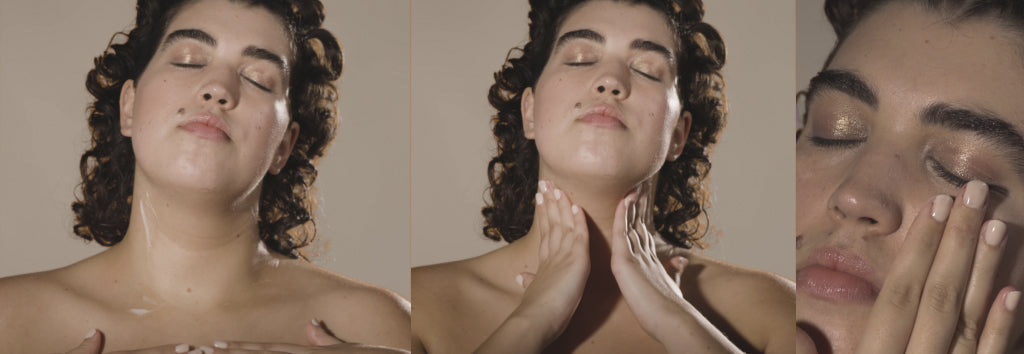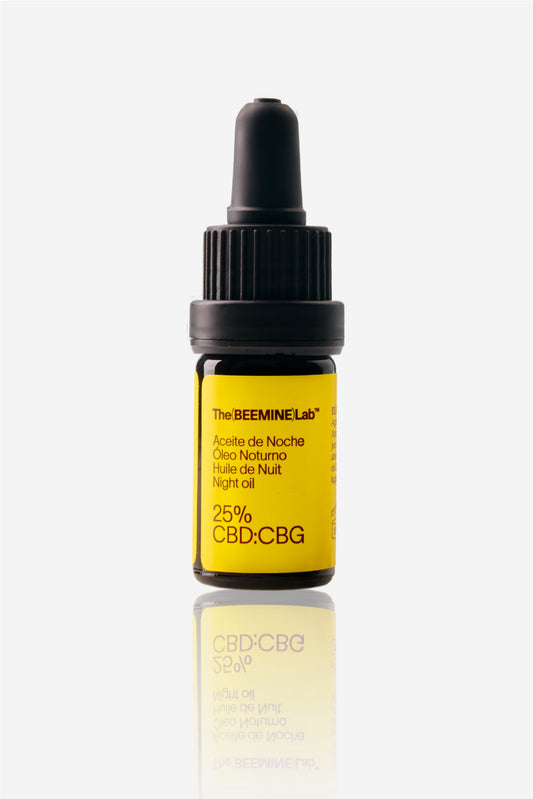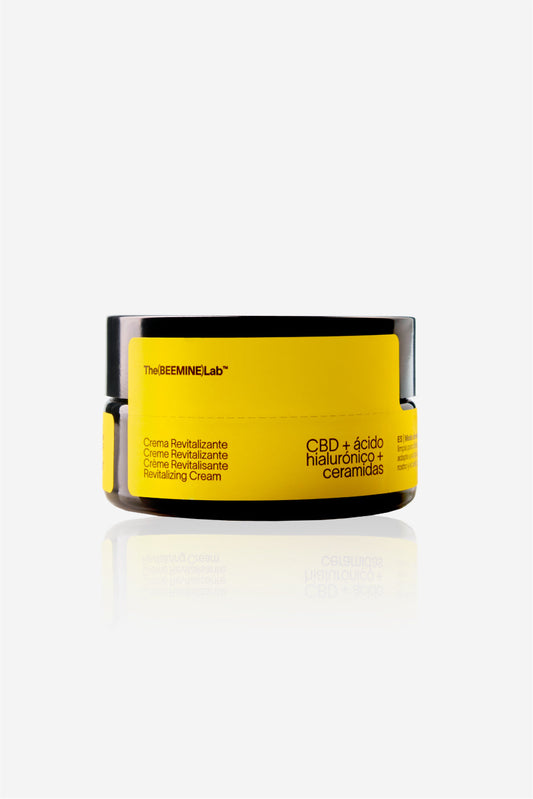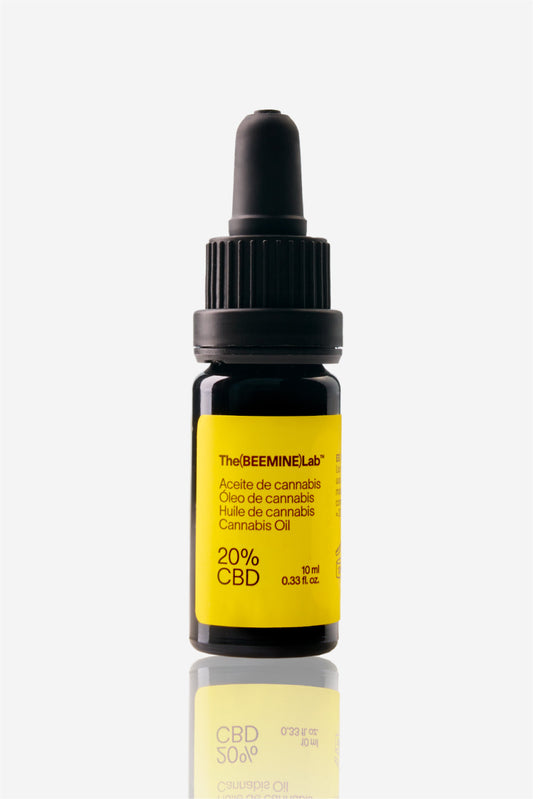What does sebum regulator mean?
A sebum-regulating active ingredient has the function of modulating sebum secretion in the event of hypersecretion by the skin. The sebaceous glands are located in the dermis and are responsible for producing sebum , which contains lipids capable of providing hydration, antioxidant effects and protection against germs. These glands are the key to the dysfunctions of combination and oily skin and are spread over the entire surface of the skin, except on the palms of the hands and the soles of the feet. Their size varies depending on the area of the body, with those on the face and upper back being larger, where the skin is more prone to developing a greater amount of fat. Hypersecretion of sebum can be caused by multiple factors, such as hormones or stress, environmental factors or eating habits mainly. It is important to have the causes that produce it well identified in order to address the problem correctly, since excess sebum can trigger alterations such as acne, which depending on the degree of severity we are facing will require pharmacological treatment or simply daily dermocosmetic measures (1) . The active ingredients that prevent sebaceous hypersecretion and the consequent appearance of acne can act through different mechanisms of action (2):- Acting on the glands of the sebaceous follicle and modulating the secretion of sebum at this level
- Blocking the dihydrotestosterone receptors of the sebaceous gland cells and thus preventing the formation of sebum
- Regulating keratin synthesis and acting on the existing one, thus preventing the obstruction of the pilosebaceous follicle
- Inhibiting bacterial proliferation within the follicle and exerting an anti-inflammatory effect on that area
CBD as a sebum regulator and bactericide
The endocannabinoid system (ECS) is involved in multiple physiological processes related to the skin. It is responsible for regulating the growth and differentiation of skin cells , exerts an anti-inflammatory effect, has a bactericidal effect , and finally, plays a key role in regulating sebum production . An in vitro study demonstrated that CBD administration to human sebocytes and cultured human skin organs inhibited the lipogenic actions of several compounds such as arachidonic acid, linoleic acid, and testosterone, exerting a lipostatic effect on sebum production. Furthermore, sebocyte proliferation was suppressed through activation of TRPV4 receptor ion channels, thereby inhibiting sebocyte lipogenesis. Finally, CBD exerted complex anti-inflammatory actions that were coupled to adenosine A2a receptor-dependent upregulation of tribbles homolog 3 (TRIB3) and inhibition of NF-KB signaling. These findings unequivocally confirmed that human sebocytes have a functionally active ECS within the sebaceous gland and that phytocannabinoids such as CBD have potential as therapeutic agents for the treatment of acne and oily skin (3). It is also worth noting that several studies have shown that Cannabidiol (CBD) has a high antimicrobial efficacy against a wide range of gram-positive bacteria , including drug-resistant strains. For the research, an 'ex vivo' porcine skin model infected with Staphylococcus aureus was used and the ability of different compositions with CBD to kill MRSA (methicillin-resistant Staphylococcus aureus) injected into the pig's skin was measured. S. aureus is considered part of the skin microbiota and is one of the main microorganisms causing numerous skin diseases . The results of this research showed significant reductions in bacterial load , thus demonstrating the high bactericidal and bacteriostatic efficacy of CBD in the treatment of acne , where bacterial proliferation occurs in the pilosebaceous follicle and associated inflammation, thus causing the symptoms of this disease (4)(5).How to use CBD to treat acne?
Acne is a condition that occurs when excess sebum , dirt, and dead skin cells clog pores . Propionibacterium acnes and other gram-positive bacteria can colonize pores, causing inflammation and redness. Taking this into account, acne treatment first involves keeping the skin clean, free of impurities and bacteria, and controlling excess oil (6). Cannabidiol (CBD), as we have seen previously, is a great ally as a daily treatment for oily and acne-prone skin, because it controls excess oil, reduces inflammation, and keeps the skin free of bacteria.Routes of administration

- Topical route
- Oral route
CBD sebum-regulating products: how to use them and their possible side effects
The (BEEMINE) Lab CBD creams , such as the moisturizing cream or the revitalizing cream , have sebum-regulating and moisturizing properties, among many others. Applied day and night on a clean face, they can regulate the level of fat and provide nutrition and hydration to the skin, making them very beneficial as a daily treatment for oily or acne-prone skin. In addition, they are an auxiliary treatment to oral treatments based on isotretinoins, as they restore the skin's hydration level and prevent it from cracking and looking dull. To date, no clear adverse effects have been associated with the administration of CBD topically , as it has a local effect and does not reach the bloodstream, which is why it is considered a safe and very low-toxic active ingredient. On the other hand, CBD oils can also be used topically on the skin of the face 1-2 times a week using circular massages. You can apply 3% CBD oil directly using 2-3 drops or you can also add two drops of this oil to your daily cream or facial toner to promote its penetration into the skin and increase its effectiveness. CBD oil can be administered sublingually as mentioned above (not authorized in Spain), and should be started with low concentrations (5% or 10%) and gradually increased in a controlled manner. This is done by administering 6-7 drops three times a day under the tongue, since in this way the effects will appear within 20-30 minutes and the first-pass effect will be avoided, thus increasing its bioavailability and consequently its therapeutic efficacy. The possible adverse effects that may appear when taken orally are drowsiness , dry mouth , dizziness and fatigue , but they will always be of mild-moderate intensity and if the product is used responsibly, always using the appropriate dose for each patient and taking special care when administering it together with some medications (10). Literature:
Literature:
- https://www.elsevier.es/es-revista-farmacia-profesional-3-articulo-piel-grasa-acneica-13092626
- Abramovits, W. and Gonzalez Serva, A. (2000). Sebum, cosmetics, and skin care. Dermatologic aspects of cosmetics. 18 (4), 617-620.
- Attila Olah, Bala zs I. Toth,Istvan Borbiro,Koji Sugawara, Attila G. Szollosi, Gabriella Czifra, Balazs Pal, Lidia Ambrus, Jennifer Kloepper, Emanuela Camera, Matteo Ludovici, Mauro Picardo, Thomas Voets, Christos C. Zouboulis, Ralf Paus, and Tamas Biro(2014). Cannabidiol exerts sebostatic and antiinflammatory effects on human sebocytes . The Journal of Clinical Investigation, 124 (9), 3713–3724
- Mark AT Blaskovich, Angela M. Kavanagh, Alysha G. Elliott, Bing Zhang, Soumya Ramu, Maite Amado, Gabrielle J. Lowe, Alexandra O. Hinton, Do Minh Thu Pham, Johannes Zuegg, Neil Beare, Diana Quach, Marc D. Sharp, Joe Pogliano, Ashleigh P. Rogers, Dena Lyras, Lendl Tan, Nicholas P. West, David W. Crawford, Marnie L. Peterson, Matthew Callahan and Michael Thurn(2021). The antimicrobial potential of cannabidiol. Communications biology, 4 (7), http://www.nature.com/articles/s42003-020-01530-y
- Ham , MT and Klingeren , BV(1976). Antibacterial activity of 9-tetrahydrocannabinol and cannabidiol. Physiology and Growth, 42, 9–12.
- Zouboulis, CC(2004). Acne and Sebaceous Gland Function. Clinics in Dermatology, 22, 360–366.
- Spleman, L. & Sinclair, Rodney & Freeman, M. & Davis, M. & Gebauer, K. (2018). 1061 The safety of topical cannabidiol (CBD) for the treatment of acne. Journal of Investigative Dermatology. 138. S180. 10.1016/j.jid.2018.03.1074.
- Mounessa, Jessica S. et al. “The role of cannabinoids in dermatology” . Journal of the American Academy of Dermatology , 77(1), 188 – 190
- https://cannactiva.com/cbd-crecimiento-cabello/
- https://medlineplus.gov/spanish/druginfo/natural/1439.html
- Shannon, S., Lewis, N., Lee, H., & Hughes, S. (2019). Cannabidiol in Anxiety and Sleep: A Large Case Series. The Permanent journal , 23 , 18–041.







